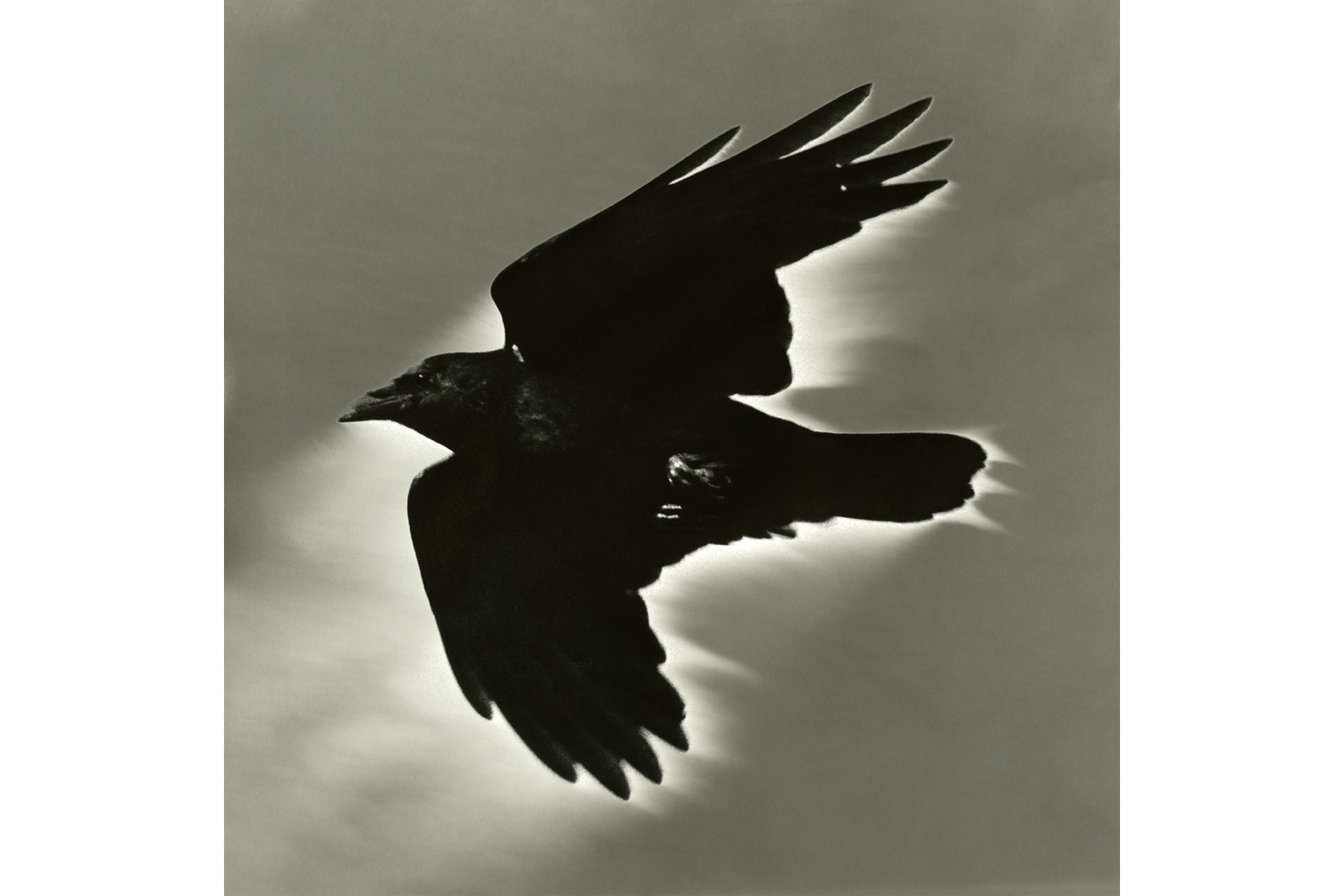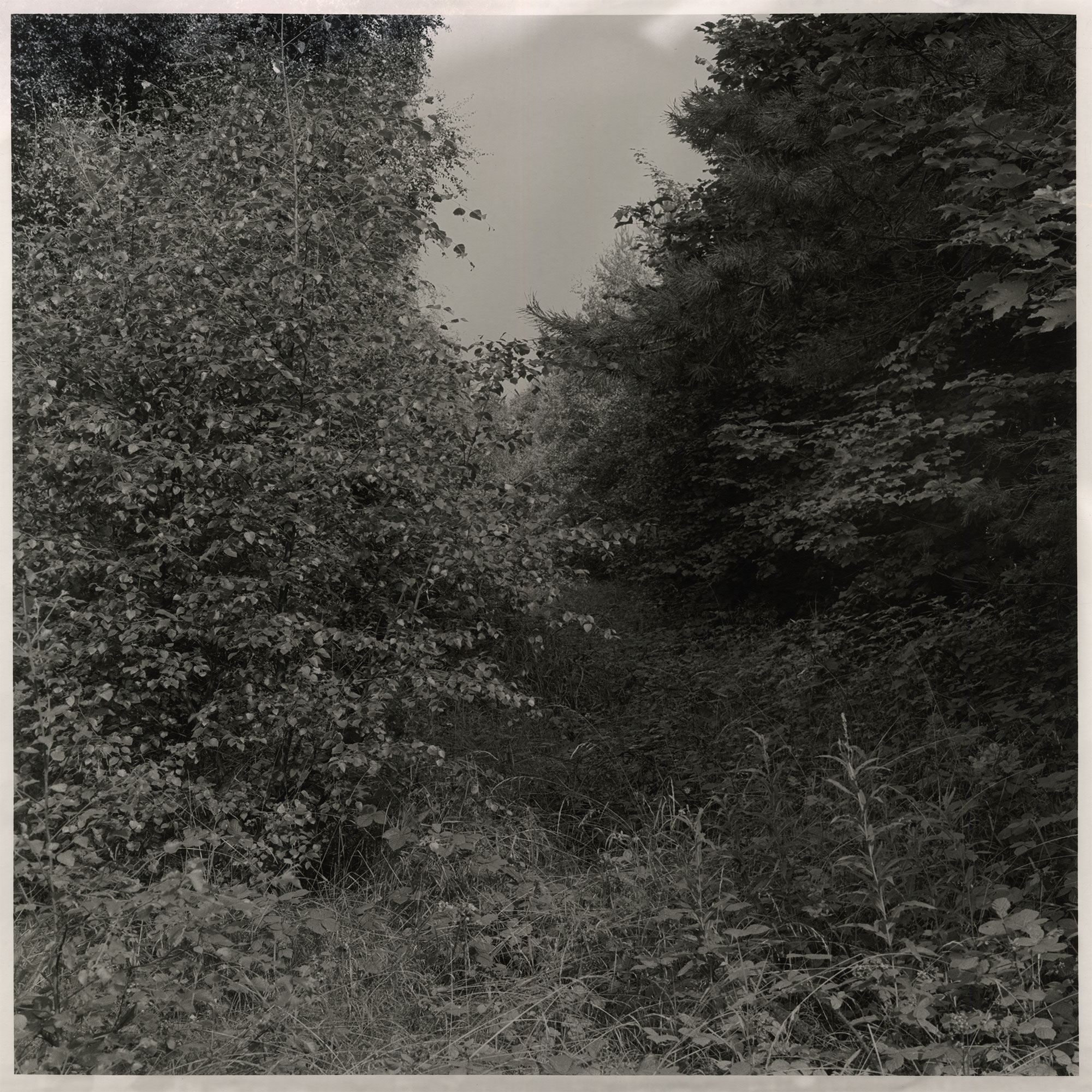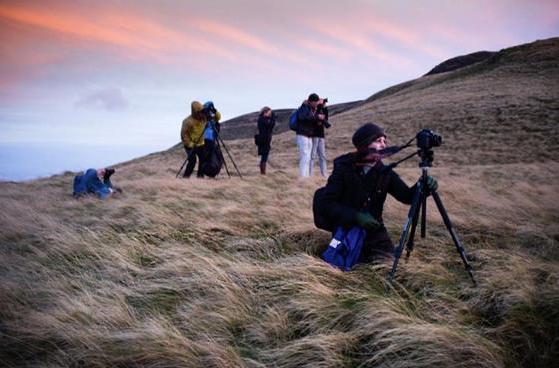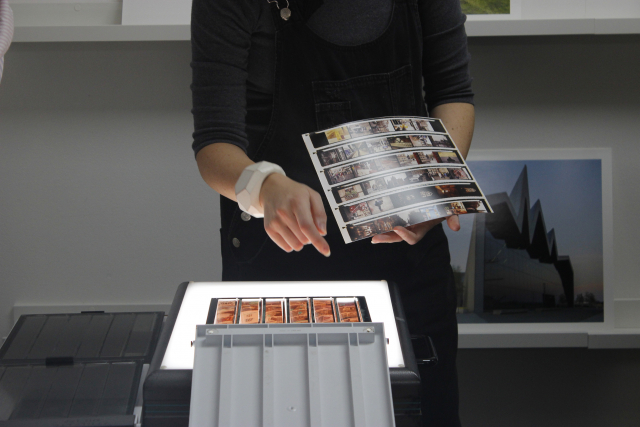Tutor: Joseph Wilson
During this 4-week course, we will use conventional black and white analogue materials in conjunction with non-conventional techniques to create images that stradle ordinary photographic representation and alternative vision. We will deviate from standard darkroom production through the practical exploration of a range of techniques such as Sabattier printing, bas relief printing, cameraless photography, and various methods for pushing and pulling film. These otherworldly techniques – many of which have been the basis for contemporary digital manipulation tools – offer abundant possibility for alternative photographic vision, where emphasis is placed on the transformative potential of darkroom work.
This course would be the perfect follow up from our Intro to B&W or Colour Darkroom courses.
All materials including photographic film and paper will be provided during this course. However, participants are encouraged to bring along some of their own black and white negatives.
Camera know-how and prior darkroom experience are required for this course.
Course Outline
Week 1: Pushing and Pulling Film
We will begin by considering non-conventional ways in which we can rate and process our films, and the various effects of doing so.
- Presentation and discussion on the uses of these techniques by artists.
- Shooting 5×4 film at various ISO ratings
- Using adjustments in time, temperature, dilution, and agitation to Push & Pull the film.
Week 2: Possibilities in Print
This week we will create prints from our negatives using alternative techniques.
- Review results in negatives and make contact prints.
- Sabattier effect printing
- Multiple exposure printing
- Bas Relief Printing
Week 3: Cameraless Photography
We will explore the possibilities of directly exposing through objects and ‘resists’ onto photographic paper. We will cover:
- Photograms
- Chemigrams
Week 4: Lith Printing
An introduction to Lith printing and the possibilities it affords us.
- A presentation on the history and uses of Lith printing
- Lith Printing from our negatives
- Combining non-conventional printing techniques with lith.
Courses are subject to minimum enrolment. Please register early, within five days of the start date, to reduce the likelihood of course cancellation.
Please read our cancellation policy before booking.
Students, anyone over the age of 65, and those in receipt of any form of benefits can claim the concessionary price, offering a 10% discount on the full course price. Valid proof of eligibility must be produced on the first day of the course. Please use the code CONCESSION when prompted at checkout.
Stills uses ILFORD PHOTO chemicals on this course that can potentially pose a risk to pregnant and breast feeding women and asthmatics.
We take every care to ensure good working practices and adequate ventilation in our darkrooms. If you feel you may be adversely affected, please visit the Health and Safety section of Ilford’s website for further information.
General Guidance Notes for Pregnant and Breast Feeding Women and Asthmatics:
- ILFORD PHOTO products include no known human carcinogens, and no substances to which phrase R46 (May cause heritable genetic damage) or R64 (May cause harm to breastfed babies) applies.
- Most ILFORD PHOTO developers use hydroquinone, and their classification therefore includes R40 (Limited evidence of a carcinogenic effect) and R68 (Possible risk of irreversible effects).
- Some ILFORD PHOTO chemicals use boric acid or borates. These substances are classified as toxic for reproduction. As a result, the classification of some of the powder developers includes R60 (May impair fertility) and R61 (May cause harm to the unborn child).




